
Upperparts of male house finches are gray-brown, with varying amounts of red on the head and back, a red eyebrow, and a square or only slightly notched tail. Yellow and orange morphs are occasionally seen. Underparts are whitish, with a red throat and upper breast. The sides and belly are streaked with brown. Upperparts of female are light brown; underparts are brownish white with brown streaks, lacking the bold white eyebrow and distinct dark cheek of the purple finch. Song is an energetic, musical, twittering warble, similar to that of the purple finch, but with a harsh down-slurred “cheer” at the end. Call is a rising, two-note “tooit” or “queet.”
Similar species: The purple finch is a winter resident, so in Missouri you will probably not see it from May through September. Male purple finches are usually more raspberry colored or purplish, and both sexes have a light eyebrow line and a noticeably notched tail. The call is a dry, one-syllable “tick” or “pick.”
Length: 6 inches.

Statewide.
Habitat and Conservation
Common in cities and towns, around farms, and in suburban areas, foraging on the ground or in trees. It frequently attends bird feeders in large flocks. Native to the western United States, it was introduced to Long Island, New York, in 1940. It slowly expanded its introduced range. By 1971 it was into New England and south into North Carolina. It has since expanded westward into eastern Kansas and met the eastern border of the native population’s original, western range.
Food
Forages on the ground or in trees for insects, seeds, berries, buds, and flowers. It often visits bird feeders in flocks. The conical bill typical of finches is adapted for cracking the seeds of sunflowers, grasses, and more. Animals that eat fruits, including seeds, are called “frugivores.”
Status
Common permanent resident. Localized outbreaks of a communicable respiratory infection have become fairly common among house finches in the eastern United States. Common symptoms include red, swollen, watery, or crusty eyes that can be swollen shut. Affected finches often die as a result of the hardships of blindness. The disease originally afflicted domestic poultry and doesn’t affect humans. Regular cleaning of feeders helps prevent the disease’s spread.
Life Cycle
House finches build their cup-shaped nests in cavities in a variety of locations, from trees to rock ledges to building vents to streetlights. Usually 2–6 eggs are laid, and incubation takes about 2 weeks. The young fledge about 2 weeks later.
Human Connections
The native range of house finches lies west of the Great Plains, whose treeless expanses historically kept house finches from moving eastward. But people caused them to leap-frog the barrier in 1940, when house finches were sold as cage birds in New York and some were allowed to escape.
Ecosystem Connections
When brown-headed cowbirds stealthily lay their eggs in house finch nests, their strategy for having other species rear their young fails to work, since house finches are one of the few birds that feed their young almost entirely with seeds, which don’t offer enough protein for the cowbird young.
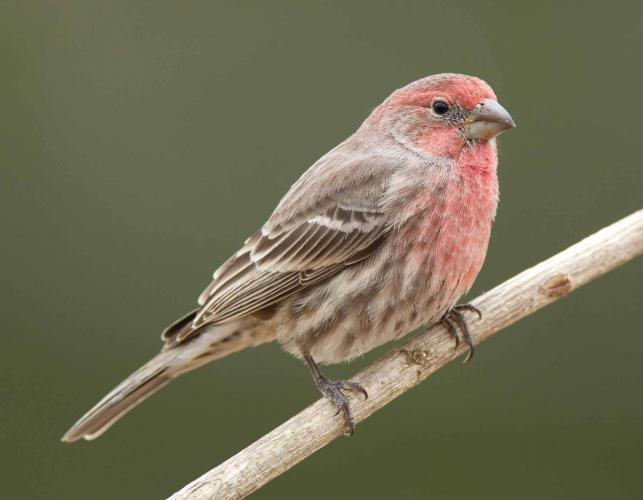
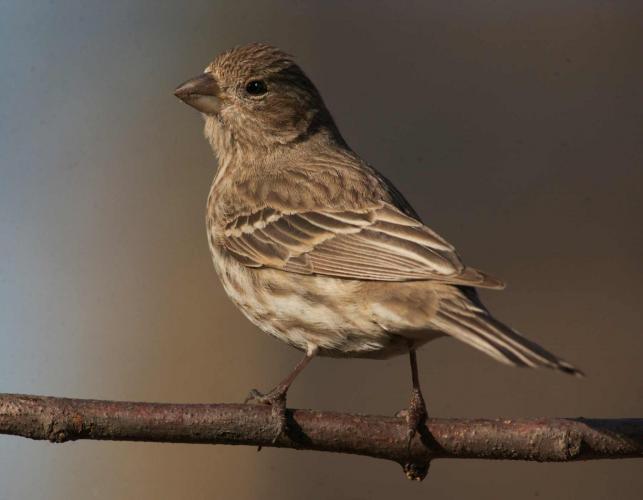
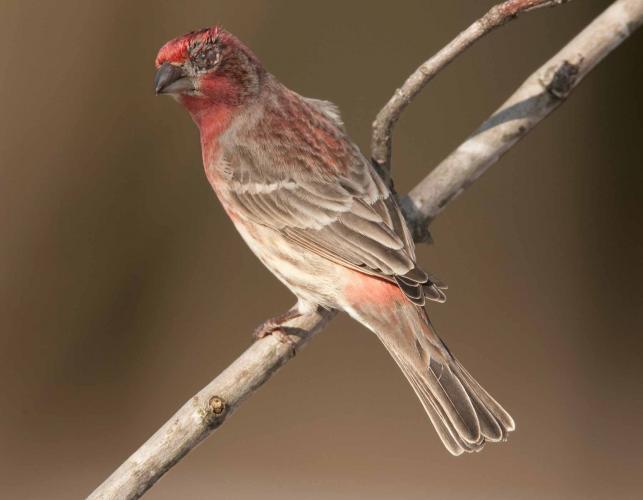

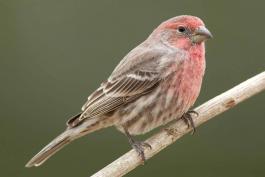
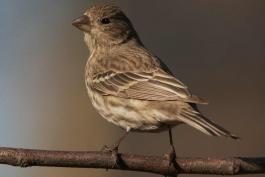
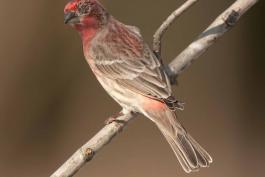
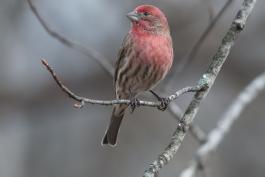
About 350 species of birds are likely to be seen in Missouri, though nearly 400 have been recorded within our borders. Most people know a bird when they see one — it has feathers, wings, and a bill. Birds are warm-blooded, and most species can fly. Many migrate hundreds or thousands of miles. Birds lay hard-shelled eggs (often in a nest), and the parents care for the young. Many communicate with songs and calls.























